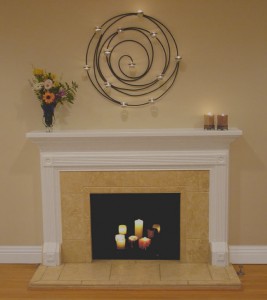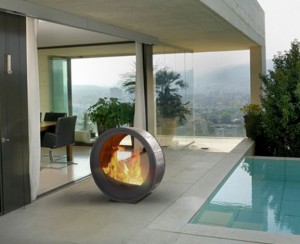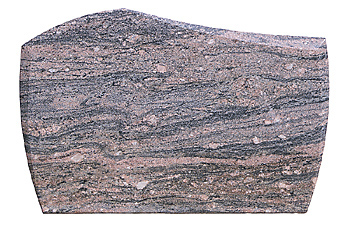Wood Fireplace Surround Ideas
Need some ideas for your wood surround fireplace?
With so many choices, how can you decide? Whether you want to spruce up your old fireplace or put in a brand new one, there are many possible options to consider. Perhaps you would lean towards a prefab fireplace. Maybe you think you could do it yourself.
Custom carved mantel shelves with quality wood carvings will bring a true uniqueness to your fireplace. You can choose from season designs, animal designs, patterns, and more. The type of wood you choose can be just as diverse. You can order a custom mantel my supplying the 1) outside return depth. 2) Shelf depth. 3) Shelf thickness. 4) Leg width. 5)Header. There are many companies that would be glad to accommodate you. The installation is not very difficult.
A wood mantel with a tile accent is sure to please as well. This can be a delightful change to your current drab looking mantel. You can go with soft or bright colors. It is all up to you. Tile is a very popular building material to complement any fireplace design.
You may want to install your wood surround fireplace yourself, especially if you want to redo one you already have in place.. You will first need to remove the old fireplace mantel and make sure the surface is smooth and free of any debris and dust. Then you can dry fit your new mantel and make sure the legs are plum. Level the mantel and make sure you have sufficient space between the fireplace opening and surround.
Mark the wall with a line as a guide for installing the new mantel. Take the mantel down and verify with a 6′ level. Secure the legs to the wall by cutting grooves in the wall where the legs will fit. Use construction adhesive with a 1/4” opening in tip of tube and then apply adhesive to the leg. Press firmly against wall and hearth (floor) ensuring the leg is aligned with the plumb line. Repeat the process for the other leg. Apply adhesive to the top of both legs and the back of the mantel and then lift the mantel in place and press firmly. Allow about 24-48 hours to dry.
Any fireplace can incorporate multiple building materials to go along with your wood design. Whether you do it yourself or have someone else do it; Whether it is stucco or plaster, various stone, tile or brick elements, a new or refurbished fireplace can really light up your home and your heart. It can be a huge money saver too, if you plan your fireplace just right.





